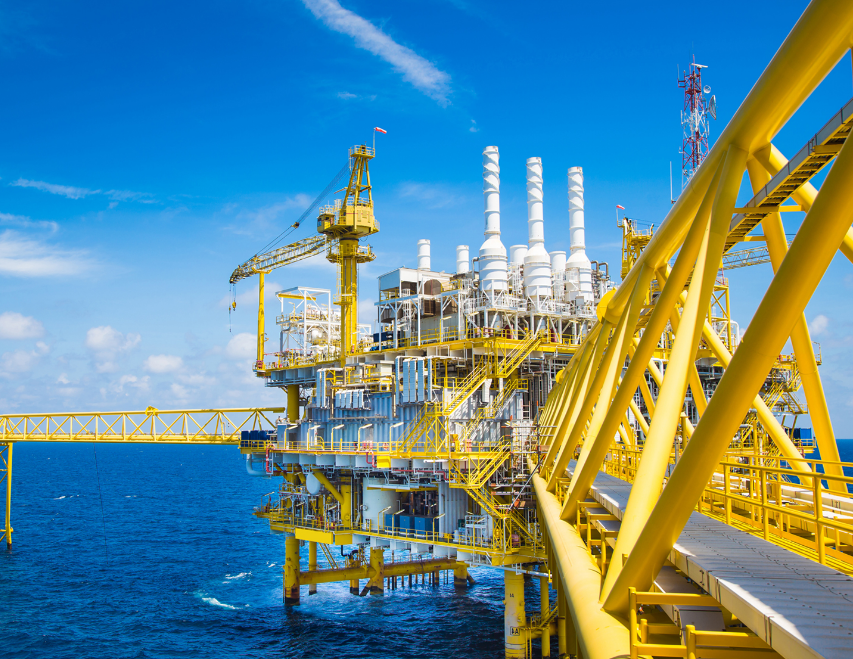Development of
technologies
for innovative
processes
Development of
technologies
for innovative
processes
Development of micro-sensors, technologies for miniaturized analysis, advanced optical techniques and innovative processing software, to be installed on Autonomous Underwater Vehicles - AUV, for environmental monitoring. The main objective is the continuous detection of physical parameters (e.g. salinity, temperature, density, transmittance, ...), chemical parameters (e.g. H, dissolved O2, ...) and contaminants (BTEX, aliphatic hydrocarbons, phenols, aromatic hydrocarbons , ...) in sea waters. The activities are developed in continuity with those already developed previously for the detection of heavy metals (chromium, copper, zinc and nickel), for which the legislation sets very low concentration limits.

